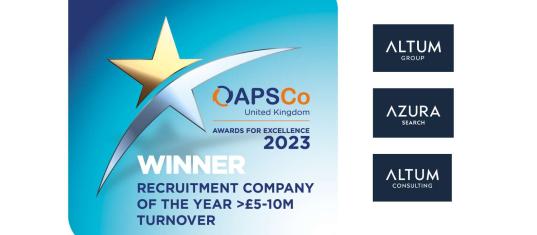Succession Planning: Turning Leadership Transitions into Strategic Advantage
More than half of FTSE 100 and FTSE 250 CEO appointments last year came from outside the organisation.1 In contrast, internal hires dominate in markets such as the US and Germany. This is more than a statistic; it signals a deeper challenge for many boards: the absence of a robust, forward-looking succession plan.
Leadership transitions, particularly at the top, are never quick. Notice periods can stretch for months, leaving critical roles unfilled and putting strategic momentum at risk. The rise of interim appointments2 and “boomerang” CEOs3 is a symptom of boards reacting to gaps rather than shaping the path ahead. While these solutions provide continuity, relying on them without proactive planning can leave organisations exposed.
The most resilient organisations treat succession planning as an ongoing, collaborative exercise. It is not about filling a single role; it is about creating options and confidence across short-, medium-, and long-term horizons. Boards, executives, and external partners work together to map internal talent, identify who is interested in top roles, and understand what skills and experiences they need to develop.
Internally, this means more than naming potential successors. It involves retention initiatives to keep high-potential talent engaged, mentoring and coaching from both executives and non-executives, and exposing candidates to strategic projects and critical decision-making opportunities. It also requires looking at the wider leadership team that will support these individuals and understanding how succession plans for one candidate impact the broader talent pipeline.
Externally, organisations do not need to know every candidate in the market. What matters is having trusted networks and partners who can quickly provide insight when needed and help boards and executive teams identify external talent strategically. This allows organisations to act quickly when opportunities arise, maintain continuity, and make informed decisions without unnecessary disruption. Benchmarking internal leaders against external talent, tracking competitor activity, and considering market trends and costs further strengthen planning.
At Azura, we help organisations put these principles into practice. We work with leadership teams to create a comprehensive and pro-active succession roadmap that integrates internal, external, and interim options against realistic timelines. We support internal talent development, provide access to experienced interim executives when continuity is critical, and ensure networks are ready to surface external opportunities strategically, on both an interim and permanent basis. Through leadership assessment, coaching, mentoring, and targeted exposure, we prepare individuals and teams to step into critical roles with confidence.
Succession planning is not merely about replacing a leader. It is about shaping the future, maintaining momentum, and giving organisations the confidence to seize opportunities, even in periods of uncertainty. Done well, leadership transitions become a strategic advantage rather than a risk.
By Lieke Bos and Ed Nash-Steer.












